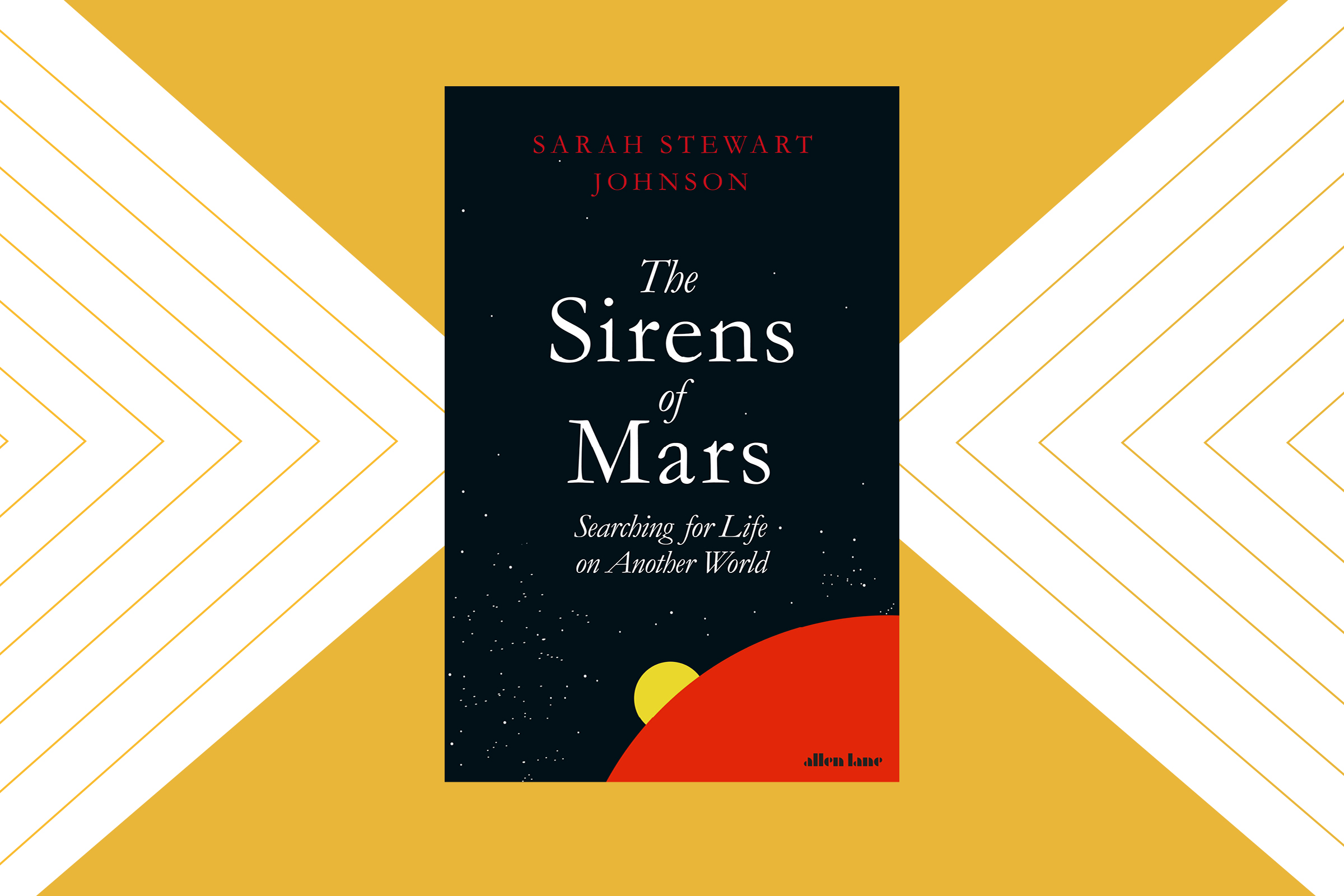- Home |
- Search Results |
- The Sirens of Mars: a book about space, and the strength and power of human curiosity

David Bowie’s surreal hit, Life on Mars, set a precedent for a pop star of astronomical proportions. In 1971, when the album it accompanied was released, he explained that the song was a “sensitive young girl’s reaction to the media”, later explaining that “although she’s living in the doldrums of reality, she’s being told that there’s a far greater life somewhere”.
Such comments make an interesting parallel with Sarah Stewart Johnson, the author and planetary scientist who tracks her own girlhood fascination with a world beyond our own in her debut book The Sirens of Mars: Searching For Life on Another World. Growing up in Kentucky, her father would give her and her sister impromptu geology lessons on the side of coal fields. There, she would find it “fascinating that the ground held secrets, that life had been mummified into rock”.
Johnson’s own journey from curious child to assistant astrobiology professor interweaves with those made by dozens of other scientists who have been obsessed with the notion that – as Galileo wrote in 1612, “there were living beings and vegetables” – on Mars. From The War of the Worlds to Marvin the Martian, the notion that we Earthlings could connect with our inter-planetary neighbours has filled our imaginations. The Sirens of Mars deftly stitches together humankind’s repeated efforts to establish just what exists on Mars over the past four centuries.
Most of this work has been done since the turn of the last one, with concentrated efforts starting in 1965, when Nasa - battling the Soviets to be the first to reach Mars – managed to take close-up photographs of the red planet using the Mariner 4 mission. As Johnson writes, this was hardly one for the gram: “the image was half planet, half blackness of space”. Nevertheless, it was also the first close-up images of anything beyond the moon, and was internationally celebrated. Imagine the devastation, then, when the findings from Mariner 4 also demonstrated the inconceivable: that Mars was also devoid of life. With wafer-thin atmosphere and -100 degree ground temperatures, it was a dead planet.
What The Sirens of Mars demonstrates, then, is the strength of human persistence to establish otherwise. Some 25 years later Johnson herself is in Hawaii on a field trip (her first time flying overseas) when she has a lightbulb moment after finding a tiny fern growing defiantly among the black rock of a volcano. “There was something in that moment that made me become a planetary scientist,” she writes. “That the idea of looking for life in the universe began to make sense to me… a chance to discover the smallest breath in the deepest night, and in so doing, vanquish the void that lurked between human existence and all else in the cosmos.”
It is perhaps this motivation that fuelled the other people whose stories Johnson tells in The Sirens of Mars: of William Pickering, whose early 20th-century theories were inflected by the hope of a world where “there could be no war, no conflict” against the rages of World War One, and Carl Sagan, a kind of early-80s Brian Cox, whose determination that “silicon-based giraffes” might roam Mars’ surface nevertheless helped to fuel more research. The brilliantly named Wolf Vishniac gathered rock samples from Antarctica that suggested life could exist even in the frozen rocks of Mars, even if his efforts to gather them killed him: his body was discovered at the bottom of a 150-metre ice slope.
'A chance to discover the smallest breath in the deepest night, and in so doing, vanquish the void that lurked between human existence and all else in the cosmos'
Maria Zuber, meanwhile, broke glass ceilings as well as scientific ones, tracing the topography of Mars to re-imagine it anew, as a place, Johnson writes, “we could almost touch”. But she was also the only woman among 86 investigators on the mission team she was working on. Later, Zuber became Johnson’s PhD thesis advisor; the author writes of “feeling a swell of pride, as if she was somehow speaking for me and the other aspiring women” attending a scientific conference.
While these stories are remarkable, it’s the sheer determination and desire to explore that comes through The Sirens of Mars. Each mission, each scientific breakthrough, answers as many questions as it answers and dashes as many hopes. Spacecraft are lost and abandoned, Johnson writes of a planet strewn with “hunks of metal and tangles of wires” and “lifeless solar panels of a British astrobiology mission, one still folded like a lawn chair”. But she also tells us of the taste of Mars dust (like blood, “a sick-sweet tinge of iron”) and the colour of its skies (“full of light and orange, the colour of butterscotch”). In twisting what could be very dry scientific endeavour into her own form of poetry, Johnson makes it easy to see why people persist: not just to learn more about this strange, other world, but for the hope of learning that we are not alone.